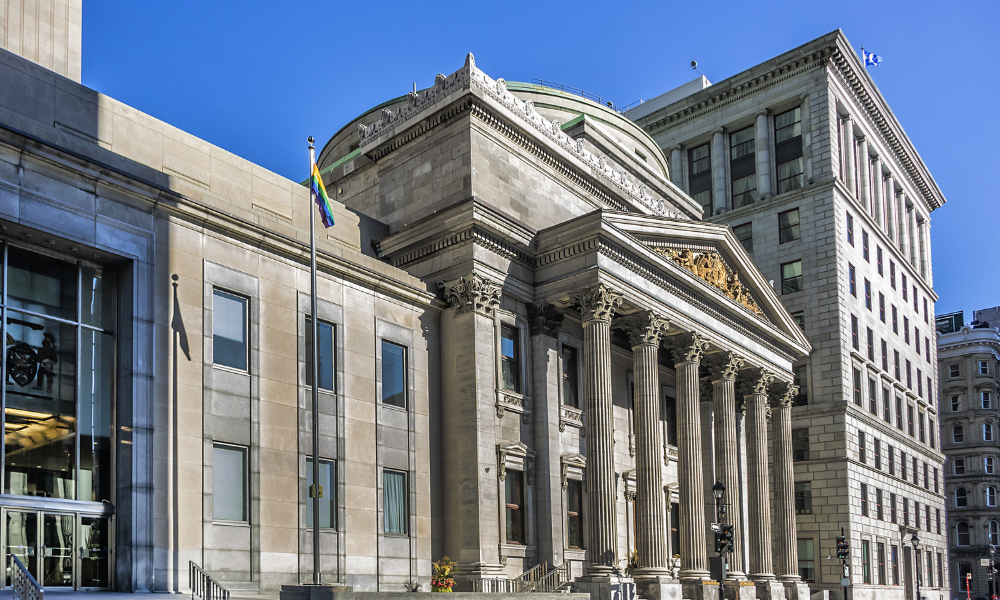Economists debate whether the Bank of Canada will pause rate cuts as inflation rises

The Bank of Canada’s decision on whether to continue cutting interest rates faces new challenges.
While inflation slowed to 1.9 percent in January, according to Statistics Canada, economists estimate it would have been 2.5 percent without Ottawa’s temporary GST/HST holiday, which ended on February 15.
The central bank must now assess whether inflationary pressures are returning and how tariffs from US President Donald Trump could impact the Canadian economy.
With multiple economic factors in play, economists cited by the Financial Post have differing views on the Bank of Canada's next interest rate decision on March 12.
RBC: The Bank of Canada will likely pause rate cuts
Abbey Xu, an economist at Royal Bank of Canada, said January’s inflation data was “less desirable than what we and the central bank would like to see.”
Xu noted that CPI-trim and CPI-median, the Bank of Canada’s preferred inflation measures, rose to 2.7 percent year over year.
However, on a monthly basis, they were more in line with the central bank’s targets.
The “super-core” CPI-trim measure, which excludes shelter, declined, and mortgage cost pressures on inflation have started to ease as lower interest rates take effect.
Yet, more than half of the CPI components posted price increases above three percent on a three-month annualized basis, a higher share than before the pandemic.
Xu believes the Bank of Canada will likely pause rate cuts in March, waiting for more data to assess inflation pressures excluding the impact of the tax holiday.
TD: Inflation risks could slow or stop rate cuts
James Orlando, a senior economist at Toronto-Dominion Bank, said inflation could rise further in the coming months now that the federal government’s tax holiday is over.
Without the temporary tax relief on items like children’s toys, restaurant food, and some alcoholic beverages, Orlando estimates that inflation would have been 2.5 percent in January.
He also pointed out that the three-month annualized core inflation measures are tracking above three percent, indicating that underlying inflation could continue rising.
“The (Bank of Canada) is in a difficult place,” Orlando said. The central bank must decide between responding to potential tariffs that could slow economic growth or focusing on persistent inflation risks.
Despite inflation concerns, markets are still pricing in a 25-basis-point rate cut in March, though expectations softened slightly after the new inflation data was released.
“There is plenty of time between now and March 12, and if the (US) president’s first few weeks are anything to go by, a lot could change before then,” Orlando said.
Capital economics: Inflation pressures could stop rate cuts
Stephen Brown, deputy chief North America economist at Capital Economics Ltd., said January’s 1.9 percent inflation rate was only low because of the GST holiday.
He pointed to rising gasoline prices, up 8.6 percent from January 2024, and higher natural gas prices, which climbed 4.6 percent. Prices for new vehicles, household goods, clothing, and footwear also increased.
Like Orlando, Brown noted that core inflation measures adjusted for taxes are tracking at the upper limit of the Bank of Canada’s three percent target.
While policymakers have recently downplayed the role of CPI-trim and CPI-median, Brown said, “the strength of underlying inflation pressures does suggest that, if those tariffs or others of a similar magnitude are not imposed, then the Bank (of Canada) will soon bring its loosening cycle to an end.”
RSM Canada: Rate cuts may continue if tariffs take effect
Tu Nguyen, an economist at RSM Canada, believes inflation has largely been “resolved” despite some lingering core inflation pressures.
She pointed to six consecutive months where inflation remained at or below the Bank of Canada’s two percent target as evidence that inflation is stabilizing.
Nguyen said the Bank of Canada will focus on February’s labour data, released March 7, before making its decision.
“If tariffs do not materialize within the next month, the Bank of Canada might pause for a month as the job markets have held up thus far with healthy job gains,” she said. “But if tariffs and retaliation were implemented, another cut is warranted.”
Canada’s unemployment rate fell to 6.6 percent in January, as job creation exceeded economists’ expectations.
Will the Bank of Canada keep cutting rates?
Economists remain divided. Some, like Xu and Brown, suggest inflation pressures could stop rate cuts, while Nguyen sees room for further easing if trade tensions escalate.
Markets still expect a rate cut, but expectations have weakened as inflation risks persist.
The Bank of Canada’s next decision on March 12 will depend on upcoming labour market data and whether inflation continues to rise after the end of the tax holiday.



